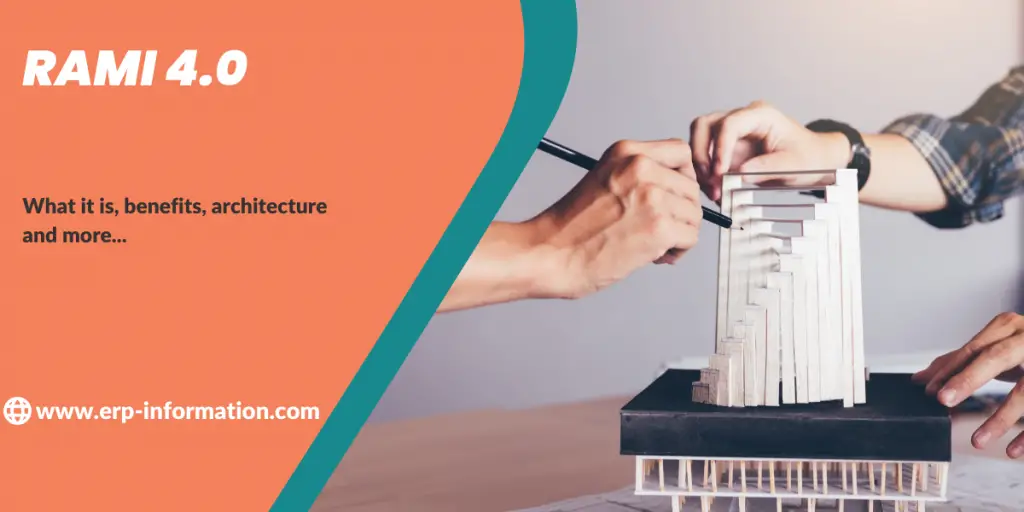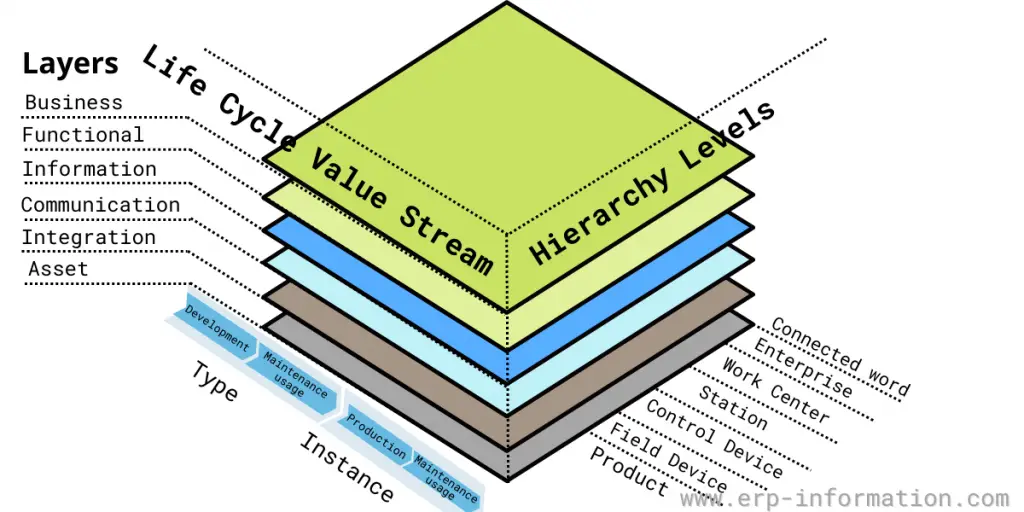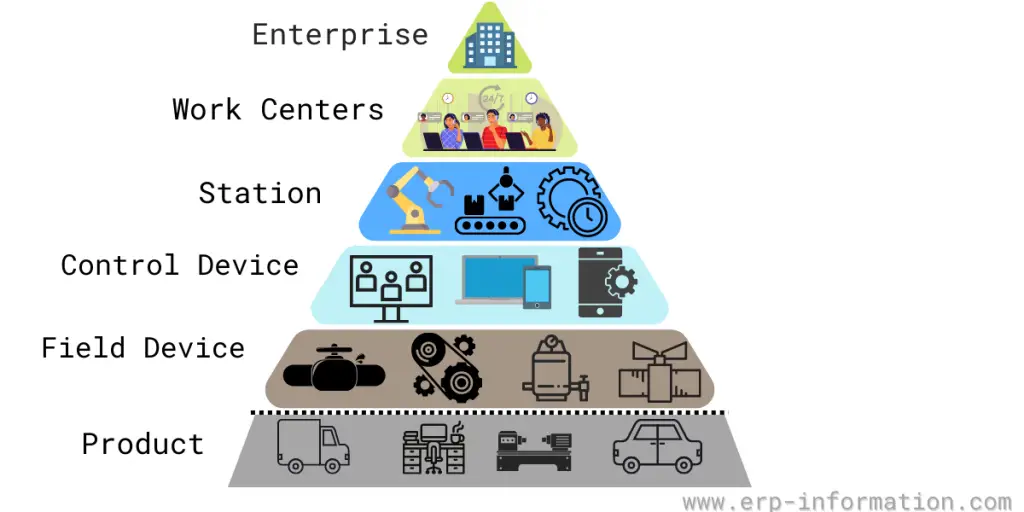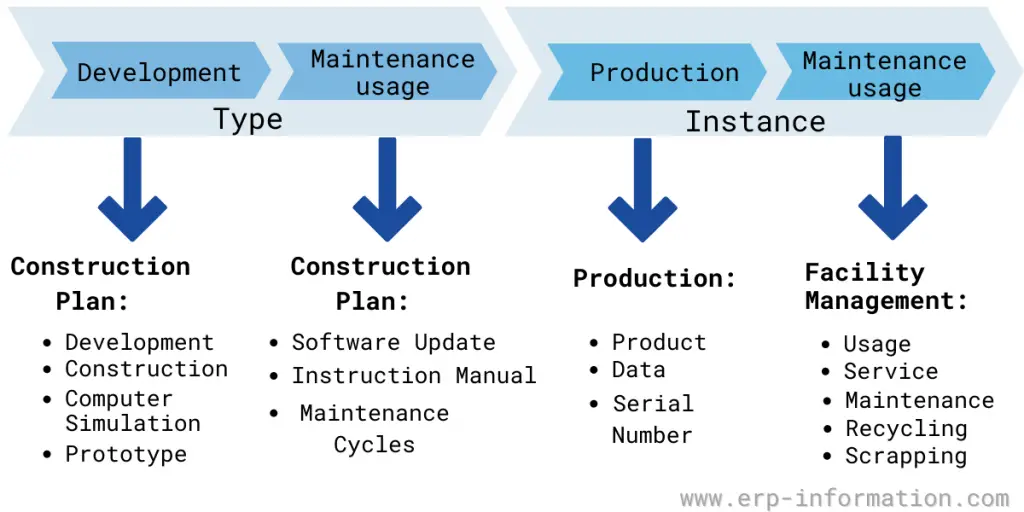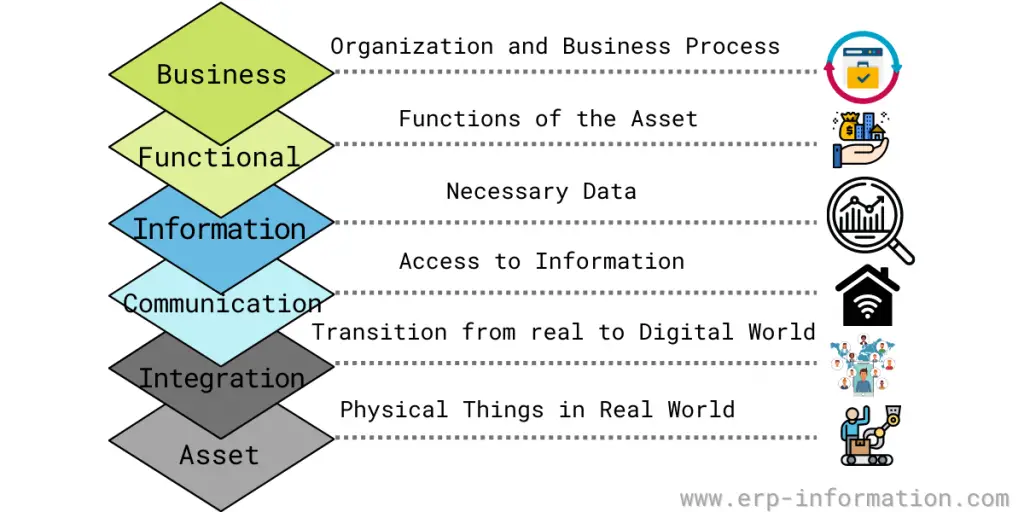It is challenging to keep up with the latest industrial trends and figure out how they apply to your business.
The pace of change in the industry is accelerating, and it’s hard to know which technologies and strategies you should invest in for the future. But, on the other hand, you don’t want to be left behind.
RAMI 4.0 can help you make sense of Industry 4.0 and develop a plan for deploying these technologies in your business. This reference model provides a framework for knowing the different aspects of industry 4.0 and how they work together.
This blog post will discuss everything you need to know about RAMI 4.0, including architecture and benefits. So keep reading to learn more.
What is RAMI 4.0?
It is a three-dimensional map that helps businesses plan to adopt industrial internet technologies.
It has five layers: people, data, things, processes, and outcomes. The map aims to help businesses better understand how to approach the deployment of industrial internet applications and services.
It can be used to help identify gaps in current processes and to plan for future growth. Additionally, the map can assess an organization’s readiness for deploying new technologies.
As the world moves toward a more connected and automated future, the RAMI 4.0 provides a valuable tool for businesses looking to stay ahead of the curve.
This was developed by the German Electrical and Electronic Manufacturers’ Association (ZVEI) to help industry 4.0 initiatives. The ZVEI is a trade association representing the interests of the German Electrical and Electronic Industry.
Definition
RAMI is a reference architecture that provides a common framework for industry 4.0 initiatives. It is based on the concept of a modular, plug-and-play system that can be used to connect different components of an industrial system.
The modularity of the RAMI 4.0 facilitates interoperability and makes it possible to upgrade or reconfigure systems without significant disruptions.
It has been adopted by several standards organizations, including the
- International Organization for Standardization (ISO)
- European Committee for Electrotechnical Standardization (CENELEC)
- International Electrotechnical Commission (IEC)
It is a service-oriented architecture (SOA).
By communicating protocol through the network, application components provide services to the other components.
The main intention of SOA is to make products, technologies, and vendors independent. And also breaking complex processes into small, easy-to-grasp packages.
The crucial characteristics of the industry 4.0 manufacturing system are
- System and machine flexibility
- Interaction of participants across hierarchy levels
- Communication and collaboration between all participants
- RAMI 4.0 structure
RAMI 4.0 Architecture
Let us look into each axis.
Axis 1: Hierarchy levels
This axis represents the functionalities in the factory. It describes the old world and new world factory functionalities. It follows the IEC 62264 and IEC 61512 standards.
- Industry 3.0 (old world) includes field devices, control devices, stations, work centers, and enterprises.
- Industry 4.0 (new world) includes the internet of things and smart factories.
Axis 2: Life cycle value stream
This axis represents the life cycle of facilities and products.
It describes the type (which is divided into development and maintenance/usage) and instance (which is divided into production and maintenance /usage).
The ‘type’ indicates design and prototype, and the ‘instance’ indicates the actual product.
- In type, development, construction, computer simulation, and prototype come under development, and software updates, instruction manual, and maintenance cycle come under maintenance usage.
- For instance, product, data, and serial numbers come under production and usage; service, maintenance, recycling, and scraping come under maintenance usage.
Axis 3: Layers
It represents the decomposition of a machine into its properties. It contains six layers.
- Business – Means organization and its process
- Functional – Means functions of the asset
- Information – Means Required data
- Communication – Means access to data
- Integration – Means real to digital world transition
- Asset- Means the real-world physical things
Benefits
RAMI will bring several benefits to businesses and individuals
- It is a service-oriented architecture
- It helps to combine all elements and IT components in a layer and life cycle.
- It automates daily tasks and will help you to be more productive at work.
- It helps to get things done faster and more efficiently with its time-saving features.
- The updated version includes new features that make communication between colleagues and contacts easier.
Conclusion
We hope you get a better understanding of RAMI 4.0 after reading this blog post. In the post, we have illustrated the structure of RAMI and its benefits.
Reference
